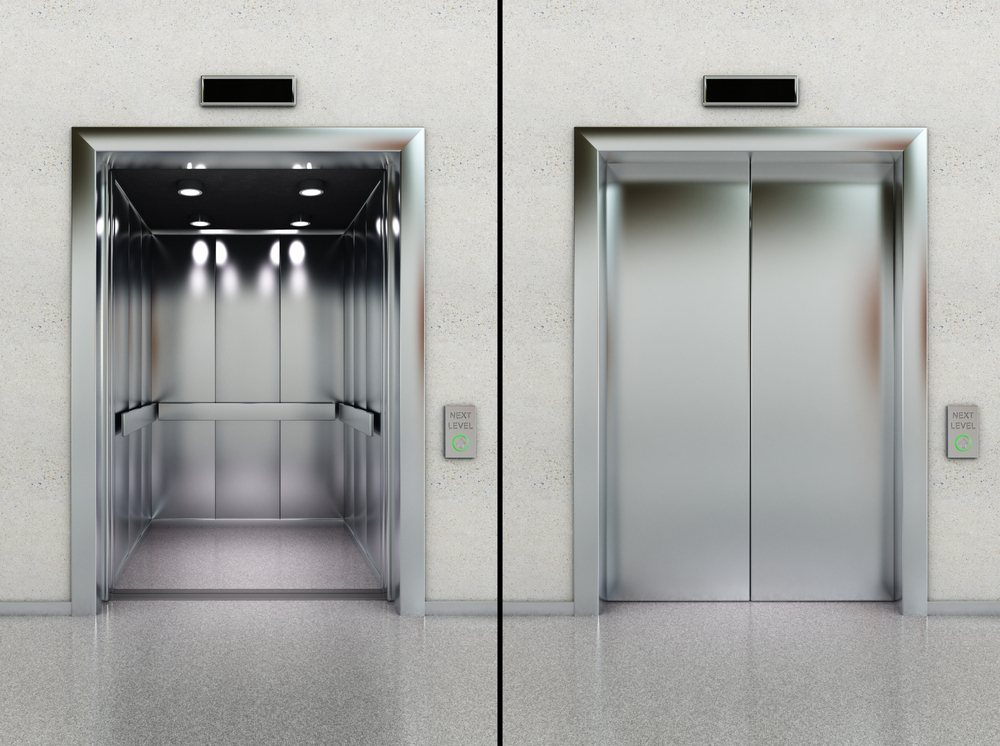Unraveling the Complexities of Lift Innovation: Troubleshooting Common Troubles Across Lift Designs
From sluggish procedure concerns to peculiar sounds rising from the equipment, troubleshooting typical problems across different lift versions requires an eager eye for information and an organized strategy. Keep tuned as we browse through the maze of lift breakdowns, looking for services to the enigmatic problems that can interfere with the smooth performance of these crucial devices.
Identifying Slow Procedure Issues

Next, check the electric connections to guarantee that all components are effectively connected and operating. Damaged electrical wiring or loose links can bring about slow procedure or total malfunction of the lift system. Furthermore, it is essential to evaluate the control system to figure out if the concern hinges on the shows or sensing units.
If the visual inspection and electrical checks do not reveal the source of the slow-moving procedure, additional analysis examinations may be essential. These might include stress examinations for hydraulic systems, voltage tests for electric elements, or running diagnostic software program for the control system. repair and maintenance services. By complying with a methodical strategy to repairing sluggish operation concerns, you can effectively determine and settle the problem, ensuring the lift runs safely and successfully
Addressing Strange Noises
To successfully repair lift modern technology for strange noises, a complete exam of the lift parts following the identification of slow operation issues is crucial. Weird noises in lifts can be indicative of underlying issues that require punctual focus to make certain the safety and security and reliability of the system.
Additionally, it is essential to refer to the lift producer's maintenance guidelines and seek assistance from certified technicians when dealing with complex lift parts or strange troubleshooting treatments. By immediately attending to odd noises and fixing underlying concerns, lift operators can guarantee the optimal efficiency and safety and security of the lift system for operators and guests.
Dealing With Faulty Control Issues
An effective approach for dealing with faulty control issues in lift technology includes conducting a detailed assessment of the control system's elements and functionality. When running into problems with lift controls, it is critical to very first look for any loosened links, damaged circuitry, or malfunctioning sensors. Confirming that all control keypads, buttons, and displays are working appropriately is also necessary in detecting the problem precisely.
If no noticeable issues appear, professionals should proceed to check the webpage control board for any kind of signs of water damage, rust, or getting too hot, as these can commonly bring about control malfunctions. Additionally, resetting the control system or updating the software application may assist fix specific problems or insects triggering the issue.

Tackling Hydraulic System Malfunctions
The efficiency of hydraulic systems in lifts counts greatly on the proper performance of numerous components within the system. When hydraulic systems malfunction in lifts, it can lead to functional disruptions and security worries.
An additional constant hydraulic system malfunction is a loss of pressure, which can result from air going into the system, liquid contamination, or pump inadequacies. Technicians can address this by bleeding the system to eliminate air, changing infected liquid, or servicing the pump as required. Additionally, irregularities in hydraulic fluid levels or unusual noises during lift procedure might suggest underlying system malfunctions that call for instant interest to prevent further damages. Normal upkeep and prompt troubleshooting of hydraulic system problems are critical to view it now ensuring the safe and efficient procedure of lift innovation.
Managing Electric Component Failings
Attending to electrical part failings in lift technology demands a systematic strategy to identifying and fixing issues to preserve operational capability and security criteria. When coming across electrical troubles in lift systems, it is important to first carry out a comprehensive examination of the electrical components, consisting of control panels, electrical wiring, sensors, and circuit card. Any indications of damage, rust, loosened connections, or scorched elements must be carefully noted and resolved quickly to stop additional difficulties.
When it comes to electric part failures, it is crucial to follow maker standards for troubleshooting and repair service treatments. This may involve checking the parts using multimeters, oscilloscopes, or various other analysis tools to identify the precise resource of the breakdown. Additionally, having a detailed understanding of the lift's electric schematics and circuitry diagrams can aid in determining and remedying concerns efficiently.
Regular maintenance and evaluation timetables can aid prevent electrical failures by discovering prospective concerns early on. Proper training for lift specialists on electrical systems and elements is likewise crucial to make sure precise medical diagnosis and efficient resolution of electric issues, eventually contributing to the general security and dependability of lift operations.
Conclusion
To conclude, troubleshooting lift technology requires a systematic approach to recognize and visit site resolve usual issues such as sluggish procedure, unusual noises, faulty controls, hydraulic system malfunctions, and electrical part failings. By comprehending the complexities of lift technology and following correct repairing steps, specialists can efficiently solve concerns and make sure the safe and efficient procedure of lifts throughout various models.
To properly fix lift technology for weird sounds, an extensive exam of the lift elements following the recognition of slow operation problems is crucial. Unusual sounds in lifts can be a measure of underlying issues that require timely attention to make certain the security and integrity of the system.An efficient strategy for attending to defective control troubles in lift technology entails conducting a detailed assessment of the control system's elements and functionality.The efficiency of hydraulic systems in lifts counts heavily on the appropriate performance of various parts within the system. repair and maintenance services. When encountering electric troubles in lift systems, it is important to initial conduct a complete inspection of the electrical elements, consisting of control panels, wiring, sensors, and circuit boards